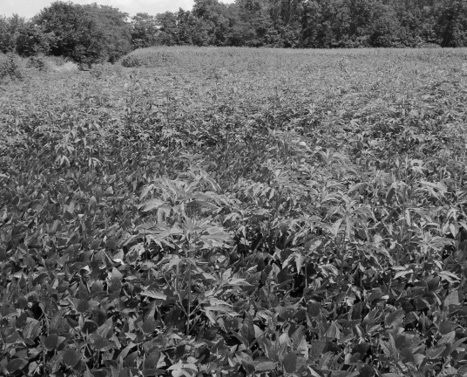No-Till Farmer
Get full access NOW to the most comprehensive, powerful and easy-to-use online resource for no-tillage practices. Just one good idea will pay for your subscription hundreds of times over.

With all of our herbicide-tolerant crops, we sometimes get complacent about the importance of rotation to reduce herbicide resistance.
We all know crop rotation helps our ecosystems keep natural resistance systems alive and working, and they also ensure diseases and pests don’t get a stronghold on farming systems.
The same goes for herbicides. Even though we have Roundup Ready crops that control almost all weeds, it’s important to use herbicides with different modes of action.
Scientists have been warning us for years about glyphosate-tolerant weeds, and despite some skepticism from growers, we’re now seeing these resistant weeds.
That’s why it’s important to use herbicides with different modes of action. If no-tillers have too many glyphosate-resistant weeds, they’ll not only lose a good herbicide, but lose a chance to use it for rescue treatments when other herbicides won’t work or can’t be used due to crop safety concerns.
At least two other herbicide modes of action should be used each year so weeds are controlled by a variety of chemical actions.
This doesn’t mean weed control costs have to be high. There are many older, low-cost herbicides that provide different modes of action and can be used in combination with glyphosate to achieve superb weed control at a reasonable cost.
On our farm last year, we used a post-emergence application of Trizmet (active ingredients include dimethenamid, metolachlor, perfluidone and atrazine) in combination with glyphosate on our corn. The glyphosate controlled any weeds that had emerged, and Trizmet…